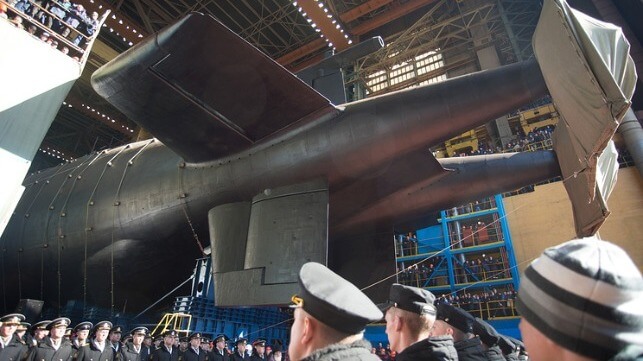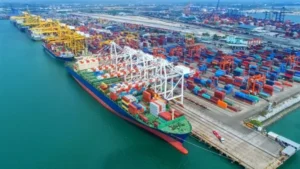Russia’s alleged involvement in planting subsea listening devices near the UK has sparked concern, with the Royal Navy tracking Russian spy vessels in the English Channel. The devices are believed to be acoustic monitors designed to track the movements of the Royal Navy’s Vanguard-class nuclear ballistic missile submarines.
Key Developments:
- Russian Spy Vessel Tracked: The Royal Navy’s HMS Somerset has been tracking the Russian spy ship Yantar in the English Channel, after it was previously spotted near critical undersea infrastructure in UK waters.
- Subsea Warfare Capabilities: Russia’s military has a dedicated subsea branch, the Main Directorate of Deep-Sea Research (GUGI), with ultra-deep-diving minisubmarines capable of tapping communications cables, cutting lines, or planting explosives.
- UK Response: The Royal Navy has acquired two offshore vessels, RFA Proteus and RFA Stirling Castle, for subsea monitoring and intervention, amid reports of increased Russian activity in the Atlantic ¹ ².
Concerns and Implications:
- Economic Disruption: Russia’s subsea warfare capabilities could potentially disrupt the UK’s power grid, offshore gas pipelines, and data cables, causing significant economic harm.
- Military Cable Vulnerability: There are concerns that Russia could cut non-public military cables, compromising the UK’s national security.
- Heightened Tensions: The UK has activated its Nordic Warden AI system to monitor key areas of interest and detect potential threats to undersea infrastructure ¹.



